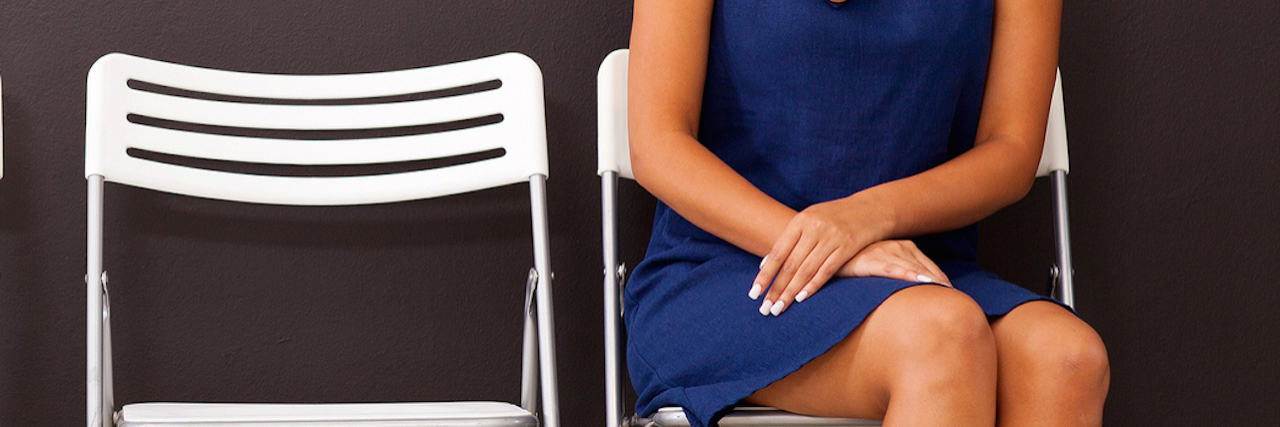Mattresses replaced: Dozens
Tampon budget: A small fortune
Dates ruined: Lost count
Not to mention…
Five blood transfusions,
One surgery,
Nine weeks of recovery,
After removing 27 fibroids from my uterus.
Why am I writing about uterine fibroids? Because too many women are suffering in silence from what can be a severe medical condition. One that they are uncomfortable talking about, even as they experience serious uterine-fibroid symptoms like heavy bleeding, anemia, painful sex and many others.
This is a silence I am committed to ending through an organization I founded called The White Dress Project. Our mission is to galvanize support and promote awareness of the widespread impact of uterine fibroids on women and our shared public health.
At this point you may be asking yourself, “What are uterine fibroids?” And, you are probably not alone.
Fibroids are non-cancerous growths of the uterine muscle. At any given time, an estimated 26 million women in America, ages 15 to 50, are living with uterine fibroids, and approximately 400,000 are newly diagnosed every year. While many will not experience symptoms, up to half face some combination of physical symptoms and emotional toll as the result of their fibroids.
Up to 34 billion dollars. That’s the potential economic impact of uterine fibroids in the U.S. every year. By comparison, that is more than the annual cost of breast, ovarian and cervical cancer in the U.S., combined.
Now you might be wondering, “How can something so common (and expensive) lead to such silent suffering?”
There are many reasons, but a lack of awareness is partly to blame. According to a national survey of 968 women aged 29 to 59 years with uterine fibroids, an estimated 42 percent of women see at least two doctors before receiving a diagnosis of uterine fibroids, and as many as one-third wait about three and a half years before seeking care for their uterine fibroids.
But it’s bigger than numbers and statistics. For me, at least, overcoming the stigma of my period is what ignited me to act and pushed me from apathy to advocacy.
I was taught early in my life that, as a woman, if I wanted to pursue a professional career, never mention the symptoms of my period. In other words, “just deal with it.”
When suffering from uterine fibroids, that’s not always possible.
For me, that seemingly impossible moment came at what felt like the worst possible time, a job interview.
I stood up to go into my interview and found the waiting room chair I had been sitting in badly soiled, from my period. At this, the height of my shame, the male office admin (after a totally reasonable look of surprised concern) helped clean up without a word of complaint while I changed into sweatpants.
After that, the interview proceeded like any other (except, you know, in sweatpants). Also, I got the job.
That touching moment, when something intensely private became unwantedly public… when my invisible condition became visible for everyone to see… that ended my fear of sharing and opened me up to the idea that we can change the perception, and help with healing, by starting a conversation.
Like many of life’s lessons, Mr. Rogers said it best: “Anything that’s human is mentionable, and anything that is mentionable can be more manageable. When we can talk about our feelings, they become less overwhelming, less upsetting and less scary. The people we trust with that important talk can help us know that we are not alone.”
By sharing our stories, I hope more women will end their silence and start open, informed conversations with their doctor about a condition that can seriously affect their health and relationships with their friends and family. For women looking for an outlet to speak up, I hope you will consider sharing your story with The White Dress Project or taking our pledge to proudly wear white and raise awareness of fibroids.
If you are interested in staying up to date on uterine fibroids, you can sign up for more information at www.thefibroideffect.com.
Getty image by michaeljung

